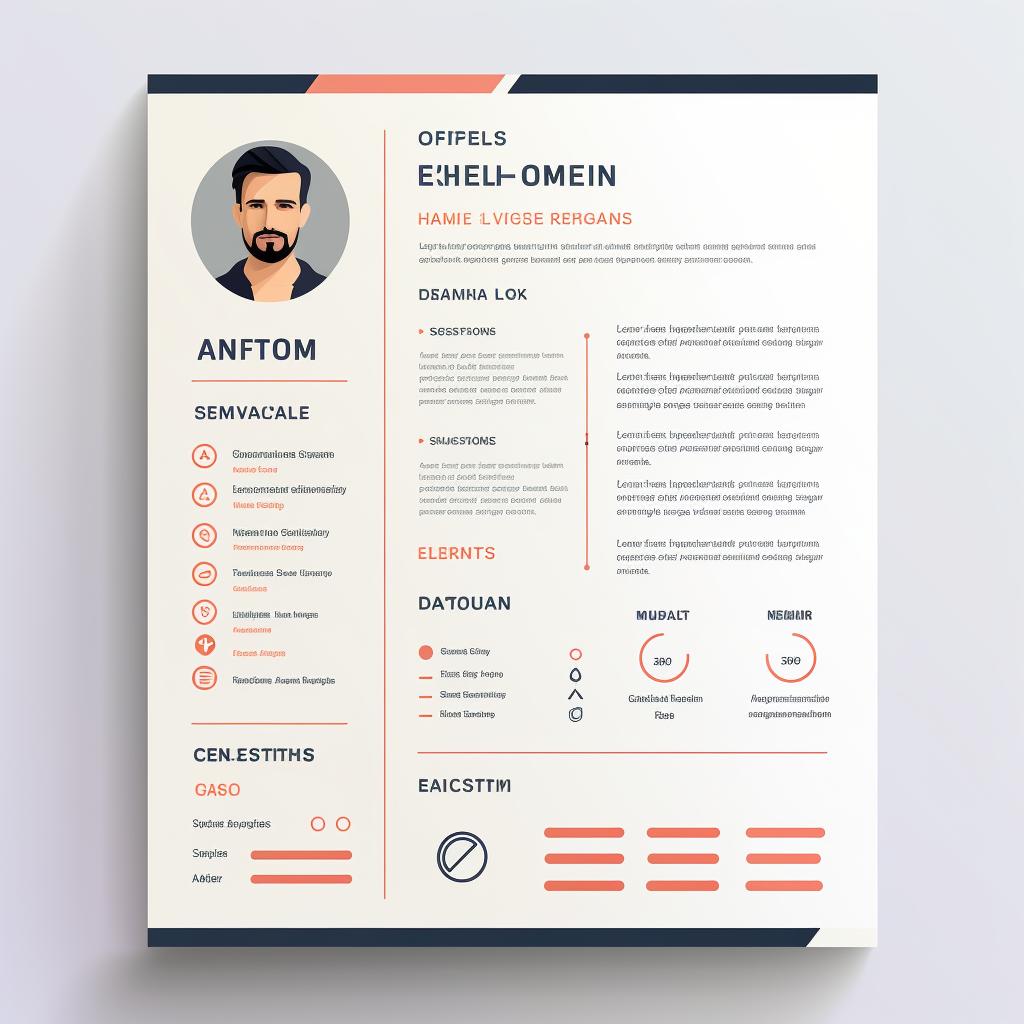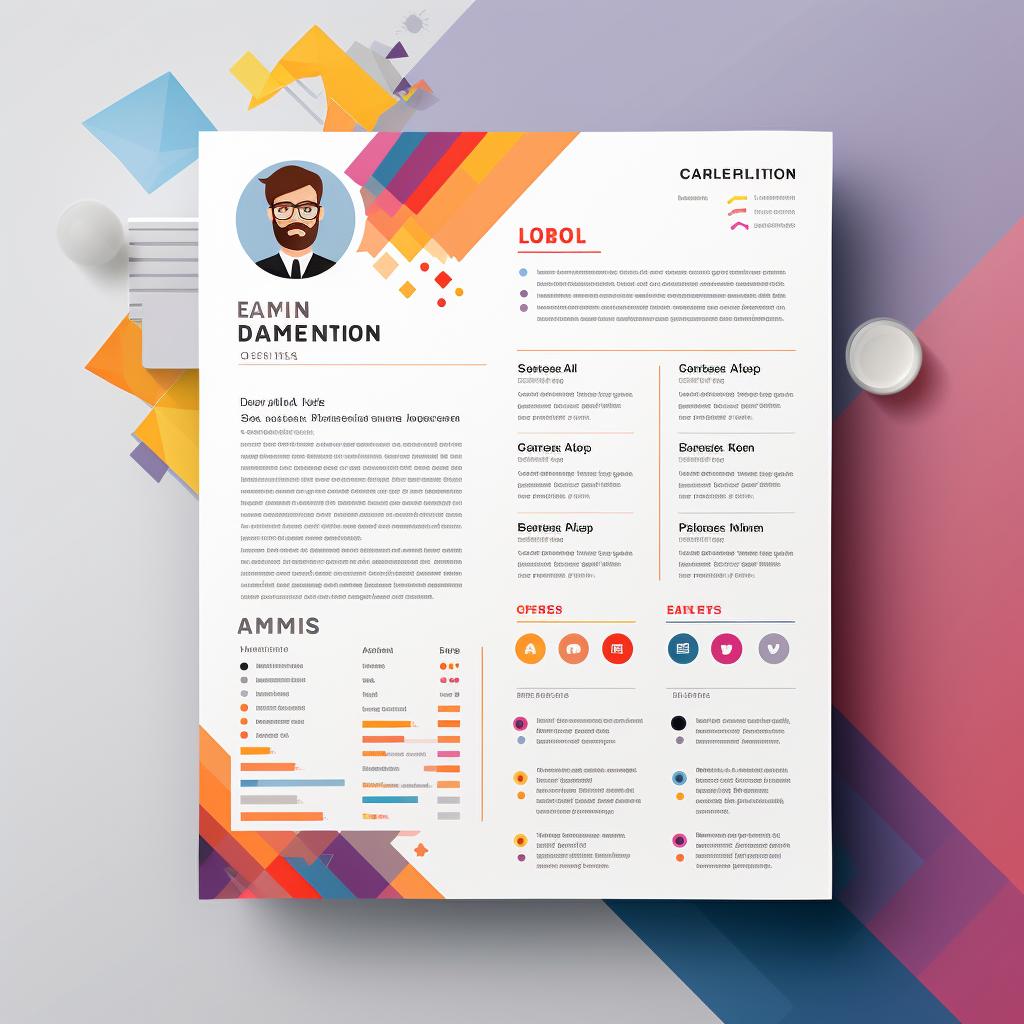🔥 Incorporating Personal Branding into Your Resume
Building a personal brand is an integral part of crafting a standout resume. It's about more than just listing your skills and experiences—it's about showcasing who you are as a professional. This guide has walked you through the steps of incorporating personal branding into your resume. Now, let's delve deeper into how you can make this a reality.
Identifying your unique selling proposition is the first step. This is your special blend of skills, experiences, and personal attributes that sets you apart from other candidates. It's about understanding what makes you, you. To better understand this concept, check out our article on how to make your resume stand out.
Once you've identified your unique selling proposition, it's time to create a personal brand statement. This is a concise, catchy phrase that encapsulates who you are as a professional. It should reflect your unique selling proposition and be consistent across all your professional platforms. For more guidance on creating a compelling personal brand statement, take a look at our article on creating an effective resume.
With your personal brand statement in hand, you can now incorporate your personal brand into your resume. This involves infusing your personal brand into every aspect of your resume, from the summary and skills section to the design and layout. For tips on how to do this effectively, read our article on why resume layouts matter.
Your personal brand should also be evident in your cover letter. This is another opportunity to showcase your personal brand and ensure it aligns with the branding on your resume. For more on this, check out our article on elevating your job application.
Finally, it's crucial to ensure consistency across all platforms. Your personal brand should be the same whether someone is looking at your resume, your LinkedIn profile, or your personal website. For guidance on how to maintain consistency, read our article on maximizing your online presence with a LinkedIn resume.
Remember, personal branding is about showcasing who you are as a professional. It's about making your resume more than just a list of skills and experiences—it's about making it a reflection of you. So, take the time to identify your unique selling proposition, create a compelling personal brand statement, and incorporate your personal brand into every aspect of your resume. You'll be glad you did.
















